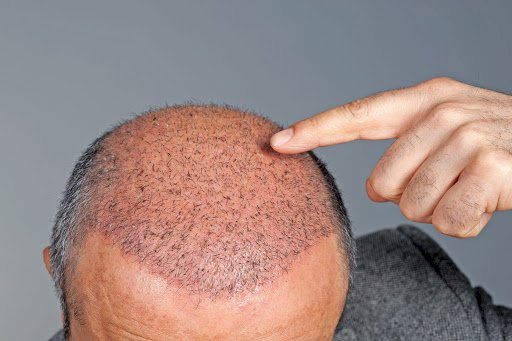What To Expect From Hair Transplants?
Hair transplants are in most demand for many. What are the tips to be kept in mind while you go in for one? Here are all the details you needed on hair transplants

What Is The Current Scenario In Hair Treatment?
Until they are gone, like good health and youth most of us take our locks for granted. Helping bring back what looks like a full or at least a fuller head of hair is a hair transplant for many people.
The procedure can be one way to feel more confident about your looks if thinning up top or going bald really bothers you. Talk with your doctor about what you can expect during and after the surgery firstly.
What Is A Hair Transplant?
To fill an area with thin or no hair, it’s a type of surgery that moves hair you already have. The technique has changed a lot in recent years as doctors have been doing these transplants in the US since the 1950s.
Usually, in the doctor’s office, you have the procedure. The first step the surgeon takes is cleaning the scalp and injecting medicine to numb the back of your head. For the transplant, the doctor will choose one or two methods that are follicular unit strip surgery (FUSS) or the follicular unit extraction (FUE).
The surgeon removes a 6 to 10-inch strip of skin from the back of your head with FUSS. Thereafter setting it aside he sews the scalp closed.
Here we find the area immediately hidden by the hair around it.
The next step is when the surgeon‘s team divides the strip of removed scalp into 500 to 2,000 tiny grafts, where each come with an individual hair of just a few hairs depending on your hair type, quality, colour, and the size of the area where you are getting the transplant is the number and type of graft.
The surgeon’s team will shave the back of your scalp if you are getting the FUE procedure. From there the doctor then removes hair follicles one by one. Subsequently, it is found that the area heals with small dots as the existing hair is found to cover.
Both procedures are the same after that point. Here it is observed that the surgeon cleans and numbs the area where the hair may go after he prepares the grafts, creating holes or slits with a scalpel or needle and delicately placing each graft in one of the holes. To plant the grafts, he will probably get help from other team members too.
The process will take about 4 to 8 hours depending on the size of the transplant you are getting. If you continue to lose hair or decide you want thicker hair, you might need another procedure later on.
Expectations And Recovery
It is highly possible that your scalp may be very tender after the surgery is done. For several days, you may need to take pain medications. For at least a day or two, your surgeon will have you wear bandages over your scalp. To take for several days, he may also prescribe an antibiotic or an anti-inflammatory drug for you. 2 to 5 days after the operation, most people are able to return to work.
You should start to notice new growth within a few months as within 2 to 3 weeks after surgery the transplanted hair will fall out. It is often noted that after 6 to 9 months, most of the people see 60% of new hair growth. It is not clear how well it works whereas some surgeons prescribe the hair-growing drug minoxidil to improve hair growth after transplantation.
Risks And Costs Of Treatment
It generally ranges from $4,000 to $15,000 as the price of a hair transplant will depend largely on the amount of hair you are moving. It is also observed that most insurance plans don’t cover it.
The transplant has some risks including bleeding and infection as with any kind of surgery. Here we find chances for scarring and un-natural looking for new hair growth.
Some people have inflammation or an infection of the hair follicles called folliculitis around the time new locks start to grow. Relieving the problem are antibiotics and compresses. Called shock loss, it is also possible to suddenly lose some of the original hair in the area where you got the new strands. It's not permanent for most of the time.
About these risks and as to how much improvement you are likely to get from the surgery, it is wise to get advice from the doctor. He can surely help you decide whether it is a good option for you.
The Final Thoughts
People are mostly witnessing the treatment as a good step towards growing back hair whatever may be the cause or the treatment options you need. We promise to bring you more innovations in the field of hair transplantation.
What's Your Reaction?





















